On this very day in 1973, pop-rock duo Hall & Oates dropped the album Abandoned Luncheonette. This pop-rock soul record boasted quite a few excellent songs. However, one specific song ended up becoming popular with fans and Hall & Oates’ contemporaries alike: the Philadelphia soul gem, “She’s Gone”. Though, this song certainly wasn’t huge at the time. “She’s Gone” actually became substantially more popular after the 1976 reissue of Abandoned Luncheonette.
Videos by American Songwriter
In fact, the whole of this album was a bit of a slow roller. Many ahead-of-their-time musicians experienced what Hall & Oates did with Abandoned Luncheonette. It wasn’t Certified Platinum until a whopping 29 years after its release.
According to John Oates himself, despite the album only charting on the Billboard US Top LPs & Tape chart at No. 33, the whole experience of putting together the album was memorable and certainly didn’t feel like a “flop.”
“Recording that album was where we learned how songs become records,” said Oates. “Our producer, the legendary Arif Mardin, carefully crafted each song, every bit of nuance, bringing in the perfect players for the right moments. And it all worked together as one beautiful musical tapestry.”
One of the World’s Most Popular Pop-Rock Duos Scored a Slow-Rolling Hit With “She’s Gone” Through a Couple of Popular Covers
Now, back to “She’s Gone”. This song, surprisingly, wasn’t a hit for Daryl Hall and John Oates when it was first released. After the album’s reissue and a handful of super-successful covers, “She’s Gone” became something of a late bloomer among charting hits.
So, who were the artists that helped give “She’s Gone” by Hall & Oates a boost in later years? Specifically, Lou Rawls’ cover of the song from 1974 helped quite a bit. Tavares’ rendition from that same year (from the album Hard Core Poetry) helped popularize the song several years after it was first released. Tavares’ cover ended up topping the Billboard R&B chart around 1974.
In a very smart business move, one of the most legendary pop-rock duos opted to re-release the song. You really can’t beat the original, after all. Hall & Oates’ re-released version of the song became a Top 10 hit in 1976. The song made it all the way to No. 7 on the Hot 100 chart.
Photo by Michael Ochs Archives/Getty Images

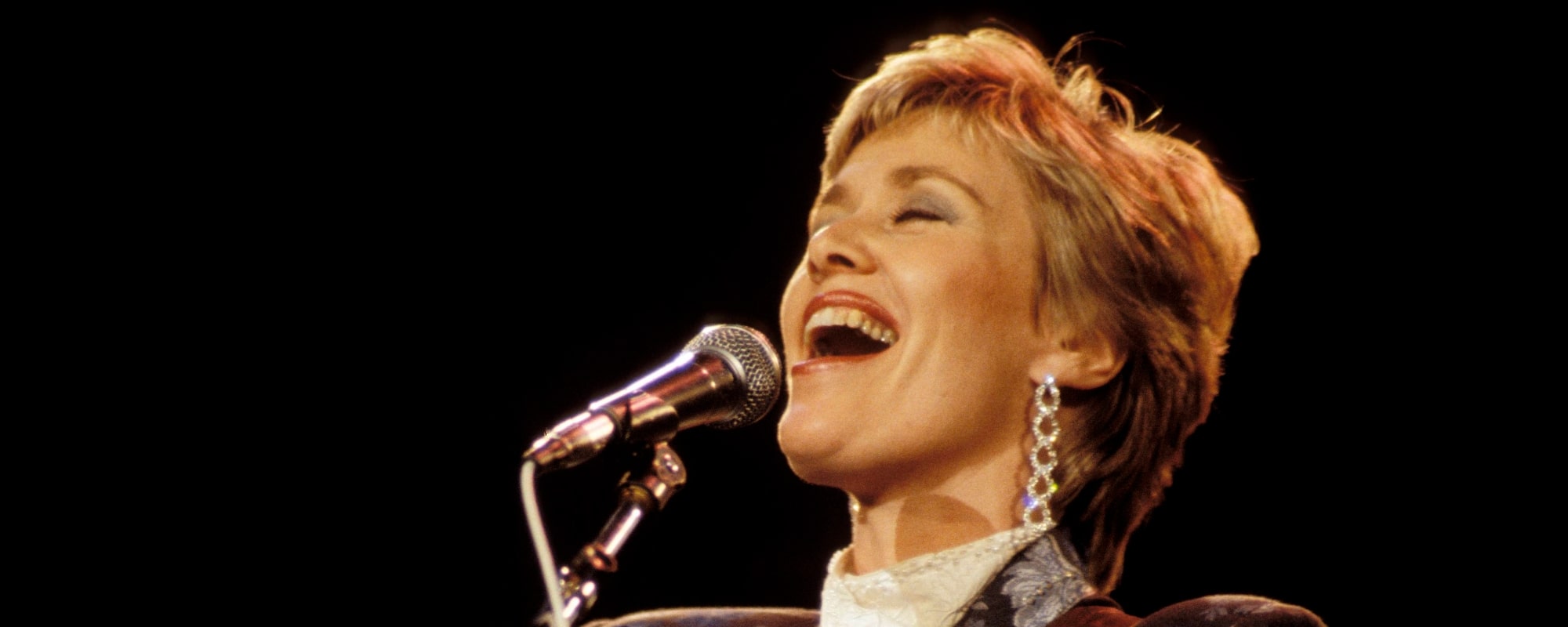
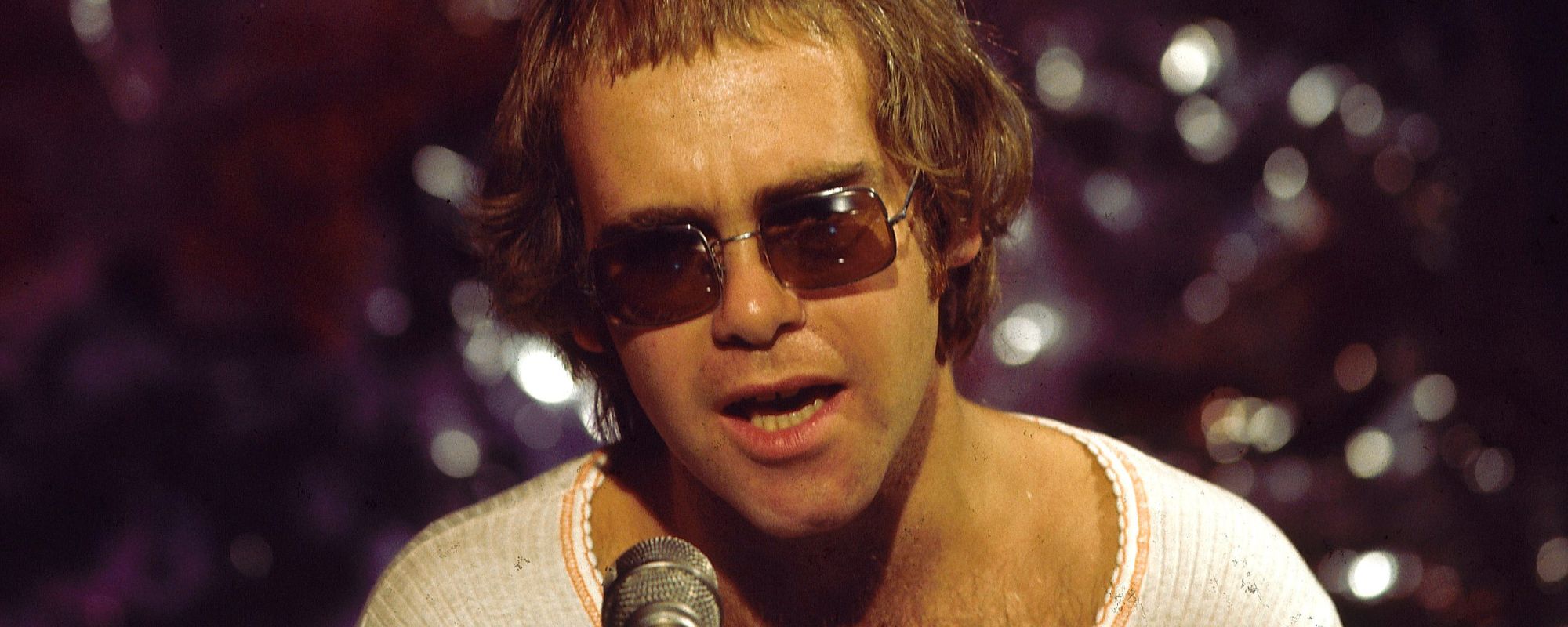
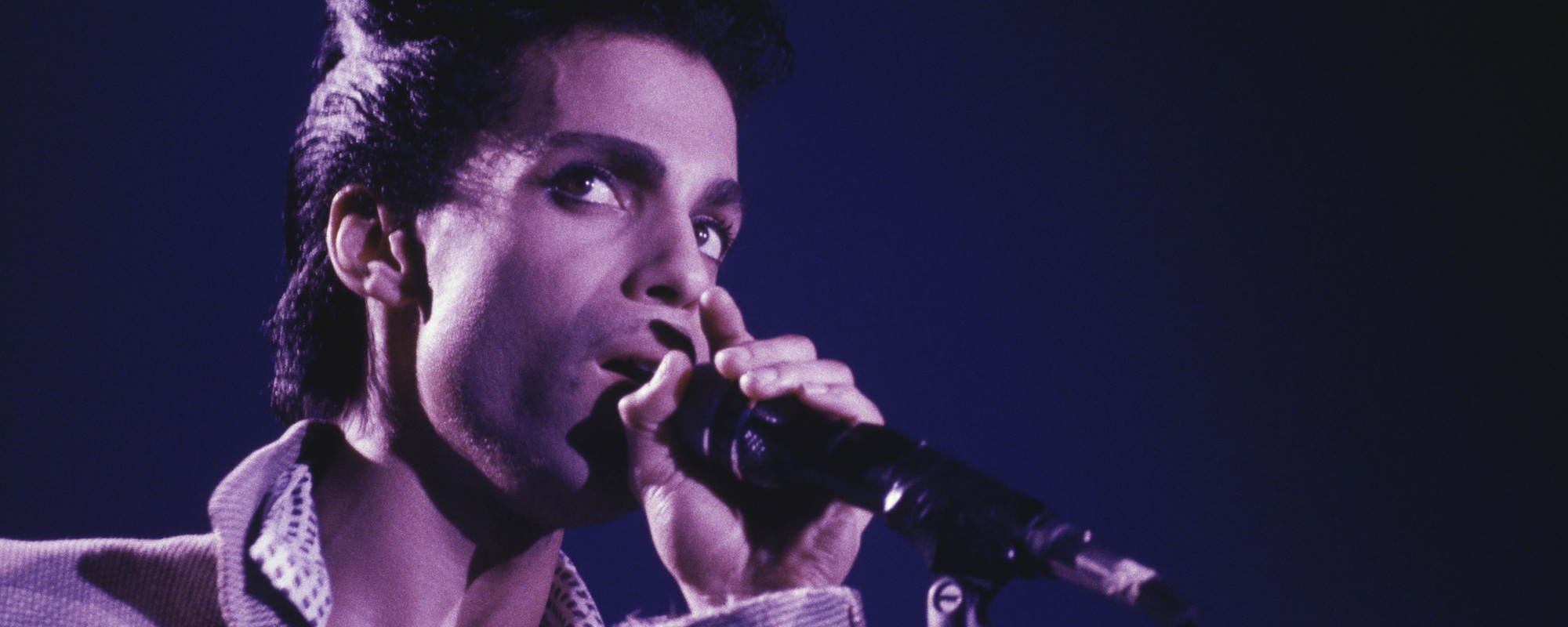

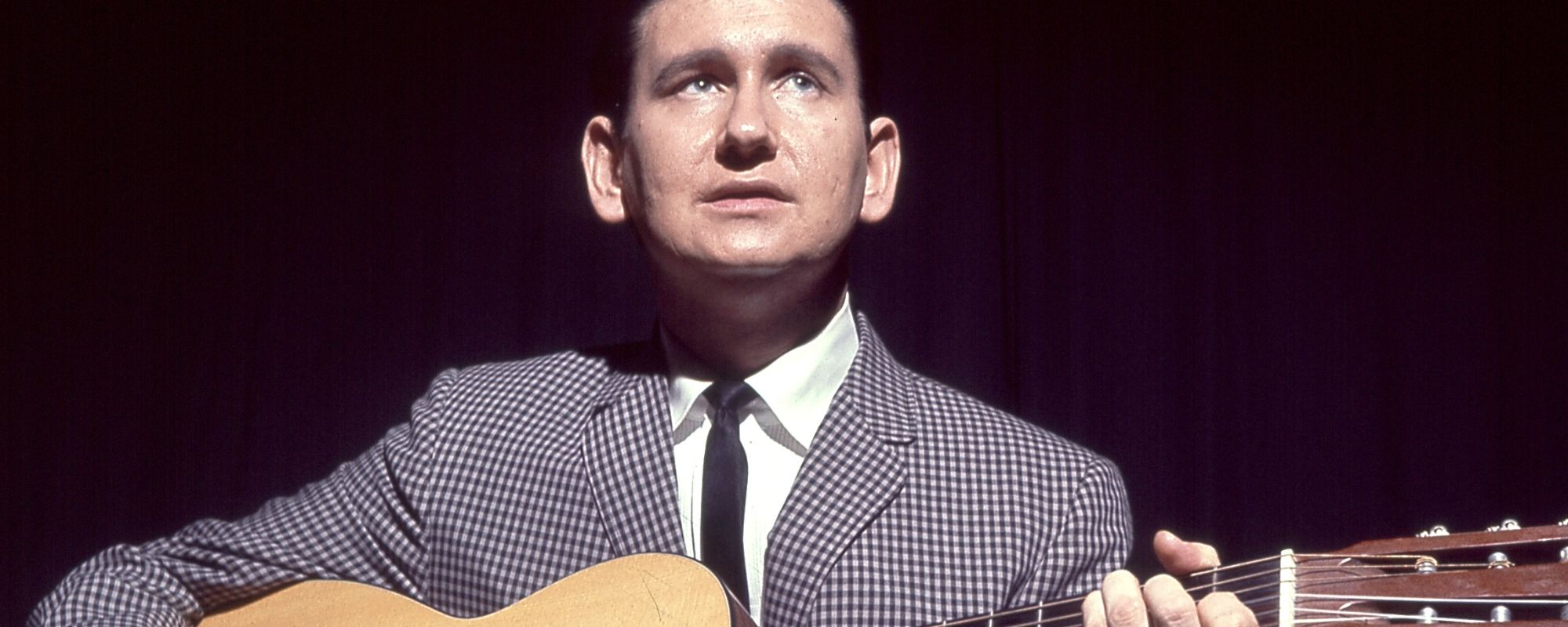
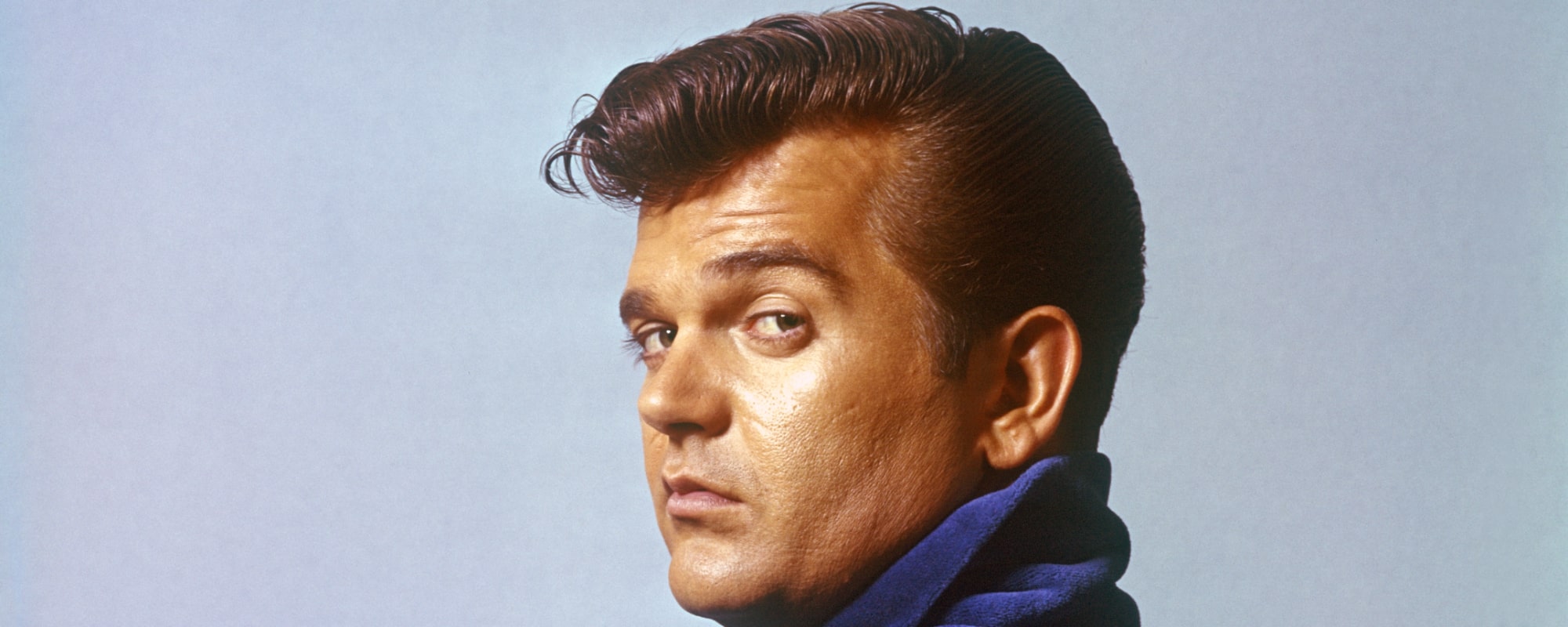
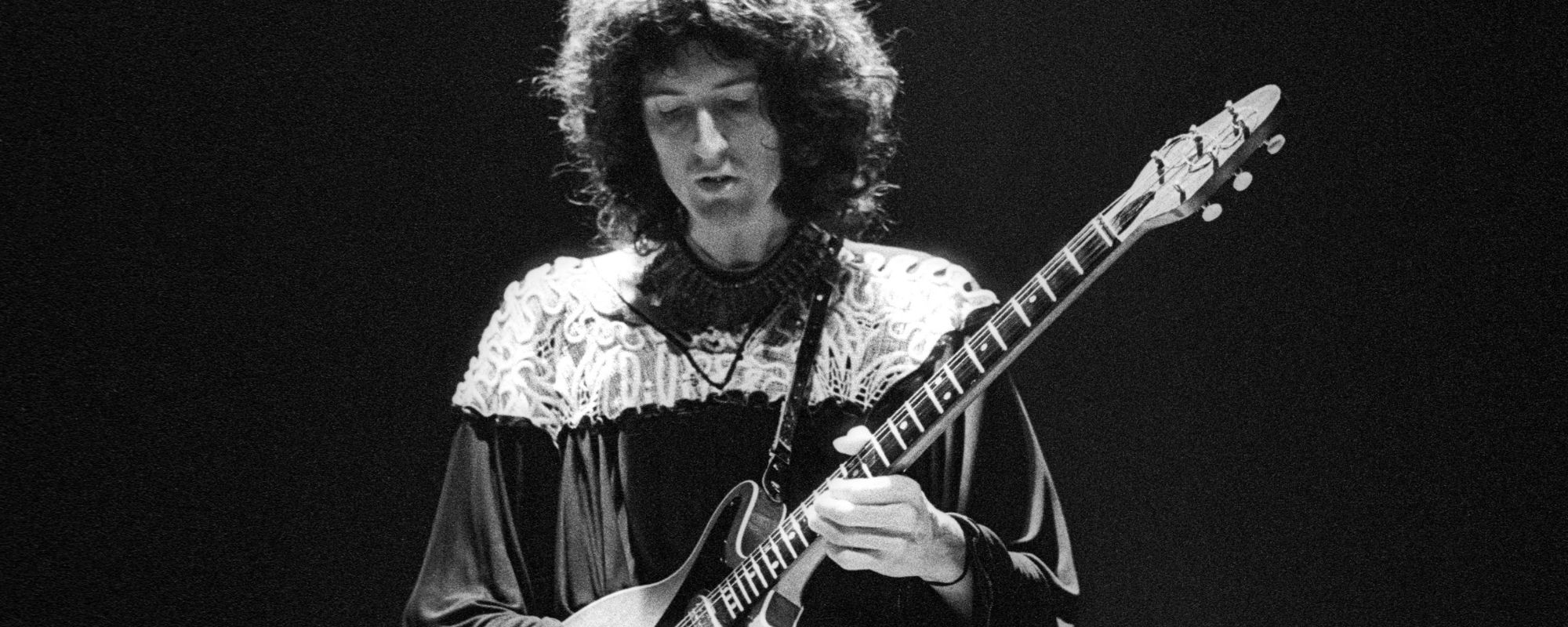
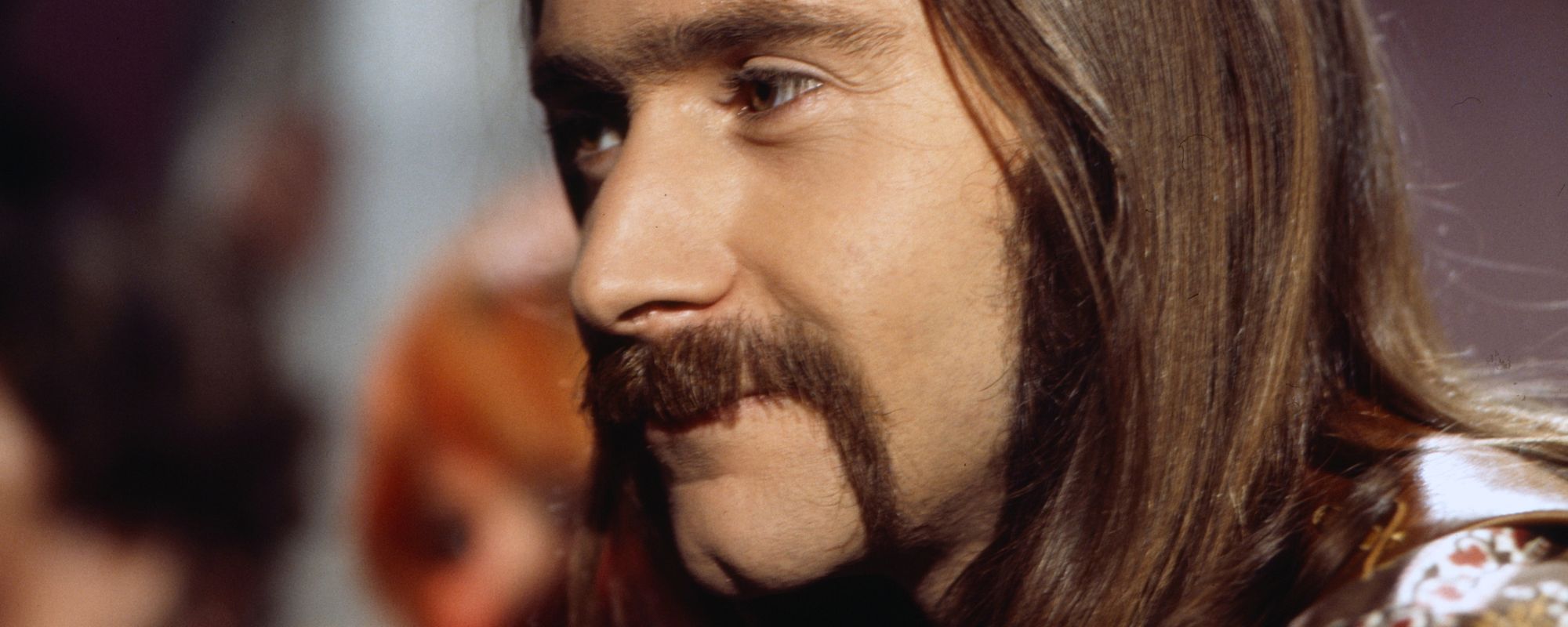
Leave a Reply
Only members can comment. Become a member. Already a member? Log in.